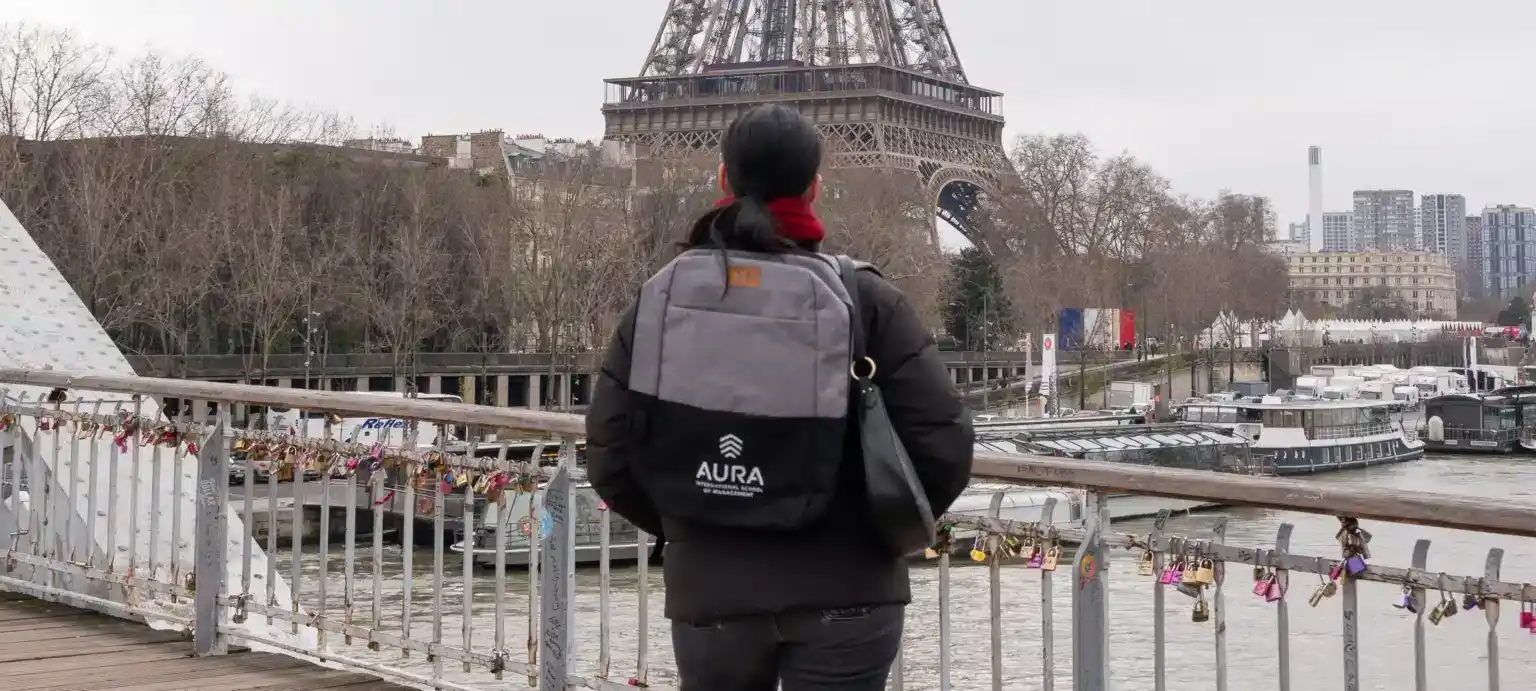Paris stands as an emblem of artistic innovation and cultural richness, attracting a diverse array of creators and enthusiasts alike. Its streets breathe history, while the countless galleries, theatres, and concert halls showcase both classic and contemporary expressions of art. Visitors can immerse themselves in the world-renowned collections of the Louvre or explore the vibrant local art scene in Montmartre.
Cultural events such as the Nuit Blanche and Paris Fashion Week exemplify the city’s dynamic spirit, offering residents and tourists unique opportunities to engage with art in various forms. From the grand performances at the Opéra Garnier to intimate exhibitions in hidden studios, Paris provides a canvas that reflects its evolving identity.
In this city, art is not merely a pastime; it is woven into the very fabric of daily life. Whether strolling through the sprawling gardens of the Palais-Royal or sipping coffee in a historic café adorned with artists’ work, one can truly experience the harmony of arts and culture that Paris uniquely offers.
Historical Foundations of Parisian Arts
Paris has long been a crucible for artistic innovation, where various movements have taken root and flourished. The city’s cultural institutions have played a crucial role in supporting these developments, creating an interconnected landscape of art and culture.
Evolution of Art Movements
The evolution of art movements in Paris is marked by significant periods, each contributing to the city’s dynamic artistic heritage. The Renaissance period saw the introduction of classical themes and techniques, with artists like Leonardo da Vinci influencing local talent.
The 19th century brought about Romanticism, emphasising emotion and individualism, followed by Impressionism, which focused on capturing light and momentary effects. Artists such as Monet and Renoir redefined visual perception and challenged traditional methods.
By the late 20th century, postmodernism emerged, questioning established norms. This cycle of innovation reflects Paris’s ability to adapt and inspire, making it a hub for artists from diverse backgrounds and orientations.
Iconic Cultural Institutions
Paris is home to several iconic cultural institutions that have shaped its artistic landscape. The Louvre, originally a royal palace, transformed into a museum in 1793 and now houses thousands of works, including Mona Lisa by Leonardo da Vinci.
The Musée d’Orsay, housed in a former railway station, showcases Impressionist and Post-Impressionist masterpieces. Additionally, the Centre Pompidou signifies modernity with its vast collection of contemporary art and innovative architectural design.
Other notable institutions include the Palais de Tokyo and Maison de la Photographie, each contributing to the diversity of artistic expression. These establishments not only preserve history but also foster future generations of artists, ensuring Paris remains at the forefront of global arts and culture.
Major Art Museums
Paris is home to some of the world’s most renowned art museums, each offering unique collections and experiences. These institutions serve as cultural beacons, showcasing classical to contemporary artworks that reflect the city’s rich history and artistic achievements.
Louvre Museum
The Louvre Museum is the largest art museum in the world and a historic monument in Paris. It houses over 38,000 artworks, including masterpieces such as the Mona Lisa and the Venus de Milo.
Visitors can explore diverse collections across multiple departments, including antiquities, Renaissance art, and Islamic artefacts. The museum’s iconic glass pyramid entrance, designed by I. M. Pei, is a modern architectural contrast to the historic palace. With extensive exhibitions and educational programmes, the Louvre continues to captivate millions of visitors each year.
Musée d’Orsay
The Musée d’Orsay is famed for its vast collection of Impressionist and Post-Impressionist masterpieces. Situated in a former railway station, it features iconic works by artists like Monet, Van Gogh, and Degas.
With around 4,000 artworks, the museum spans the period from 1848 to 1914. The building itself is a work of art, blending Beaux-Arts architecture with modern design. Special exhibitions are held regularly, offering insights into various art movements and artists.
Centre Pompidou
The Centre Pompidou is an architectural marvel known for its radical design and cultural significance. It houses the National Museum of Modern Art, boasting one of the largest collections of 20th and 21st-century art in the world.
Featuring works by artists such as Picasso and Duchamp, the centre promotes contemporary creativity. The rooftop terrace offers stunning views of Paris, and the building regularly hosts film screenings, concerts, and art performances. Its lively atmosphere makes it a central hub for both locals and tourists.
Performing Arts Scene
Paris boasts a vibrant performing arts scene that showcases a rich tapestry of opera, theatre, and contemporary dance. Iconic venues offer a diverse array of performances, drawing audiences from around the world.
Paris Opera
The Paris Opera, established in 1669, remains a prestigious institution renowned for its grand productions. Located at the Opéra Garnier and Opéra Bastille, it features a varied repertoire, including classic operas and contemporary works.
Visitors can experience world-class performances by esteemed artists and conductors. The majestic architecture of the Opéra Garnier adds to the allure, presenting an opulent setting for these performances.
Tickets range from affordable to premium, catering to all budgets. The Paris Opera also offers educational programmes, workshops, and tours, fostering an appreciation for opera among a broader audience.
Théâtre de la Ville
Théâtre de la Ville is a prominent venue for theatre in Paris, emphasising contemporary works and international productions. This theatre, located in the heart of the Marais district, hosts a variety of genres, from drama to experimental performances.
Renowned directors and playwrights are frequently featured, encouraging innovative storytelling. The space is smaller compared to the grandeur of the Opéra, allowing for an intimate audience experience.
Théâtre de la Ville actively engages with the community, organising events, discussions, and outreach programmes. Its commitment to cultural diversity is reflected in the range of performances that cater to various tastes and backgrounds.
Contemporary Dance and Ballet
Paris’s contemporary dance and ballet scene is dynamic, with many companies pushing artistic boundaries. Notable venues like the Palais de Chaillot and the Centre Pompidou host innovative performances, often incorporating multimedia elements.
Choreographers such as Angelin Preljocaj and Jérôme Bel are at the forefront, blending traditional techniques with modern themes.
Dance festivals, including the Festival d’Automne, showcase a variety of styles from emerging and established artists alike. These events are integral in promoting the dance community and enriching Paris’s cultural landscape.
Literary Paris
Paris holds a significant place in the world of literature, marked by influential authors and vibrant literary scenes. The city’s iconic bookshops and cafés have served as important hubs for writers throughout the ages.
Famous Authors and Poets
Numerous renowned authors and poets have made Paris their home. Figures such as Ernest Hemingway, James Joyce, and Virginia Woolf significantly contributed to the literary canon while residing in this city. Their works reflect the essence of the Parisian experience, encapsulating themes of love, existentialism, and artistic exploration.
In the early 20th century, the Lost Generation found solace in Paris, shaping modern literature. Writers gathered in Montparnasse and the Latin Quarter, where creativity flourished amidst the vibrant atmosphere. The influence of the city can be traced in titles such as Hemingway’s A Moveable Feast, which offers a glimpse into the literary life of the era.
Historic Bookshops and Cafés
Paris is home to many historic bookshops and cafés, each with its own unique charm. Shakespeare and Company, established in 1919, is a must-visit. It has hosted countless writers and remains a beacon for literary enthusiasts. Its distinct atmosphere invites visitors to linger among the shelves stacked with classic and contemporary works.
Cafés like Café de Flore and Les Deux Magots served as gathering spots for writers such as Sartre and Beauvoir. These establishments fostered intellectual discussions and creative exchanges. They played a vital role in the literary scene, contributing greatly to the cultural fabric of Paris. The rich history of these venues continues to inspire new generations of writers and readers.
Contemporary Arts and Festivals
Paris is a vibrant hub for contemporary arts, showcasing a diverse range of expressions from street art to significant annual festivals. These elements reflect the city’s dynamic culture and its embrace of both traditional and modern artistic movements.
Street Art and Graffiti
Street art in Paris is a prominent aspect of the urban landscape. Renowned areas such as the 13th arrondissement and Oberkampf are adorned with large murals and intricate graffiti. Artists like JR and Invader have gained international recognition for their work, contributing to the city’s creative identity.
Tours are available, guiding visitors through hotspots and showcasing pieces that frequently change, reflecting the city’s ever-evolving art scene. Events like Le M.U.R encourage emerging talents, providing walls for artists to display their work and connect with the public.
Annual Art Events and Fairs
Paris hosts a variety of art events and fairs that highlight contemporary creativity. Fiac, or the International Contemporary Art Fair, occurs annually in October, featuring galleries from around the world. This fair attracts collectors and enthusiasts interested in the latest trends in contemporary art.
Another notable event is Paris Photo, which celebrates photography from historic to emerging talents. It takes place each November and showcases an array of galleries, making it a key event for art lovers. These festivals not only enhance the cultural fabric of Paris but also encourage vibrant exchanges among artists and audiences alike.



